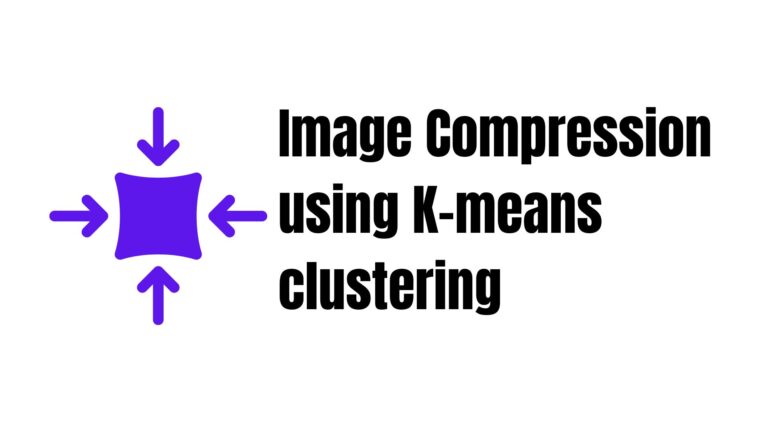Porter Stemmer
The Porter Stemmer is a text-processing tool that reduces words to their “stem” or root form. It is part of the Natural Language Processing (NLP) toolkit and is commonly used to preprocess text data for tasks like text classification, sentiment analysis, and information retrieval.
What It Does:
The Porter Stemmer systematically removes suffixes from words to produce their base form. For example:
- “running” → “run”
- “flies” → “fli” (Note: not “fly,” as the stemming rules are not perfect)
- “happiness” → “happi”
How It Works:
The Porter Stemmer applies a series of rules, typically in several steps, to strip suffixes. These rules are based on linguistic patterns and attempt to simplify words while retaining their essential meaning. For instance:
- Plural Reduction: Convert plurals to singular (e.g., “cats” → “cat”).
- Gerund and Participle Reduction: Remove “-ing” or “-ed” endings (e.g., “running” → “run”).
- Adjective Reduction: Remove “-ness,” “-able,” “-ible,” etc., from adjectives (e.g., “happiness” → “happi”).
- General Simplifications: Handle broader patterns like removing “-ly” or “-ation.”
Use Case in NLP:
Stemming helps reduce the dimensionality of the vocabulary by treating words with the same root as equivalent. This is especially useful when working with Bag of Words (BoW) models, TF-IDF, or CountVectorizer, as it ensures that variations of a word (e.g., “run,” “running,” “runner”) are considered the same feature.
Limitations:
- Aggressive Reduction: Sometimes, it reduces words too much, which may result in loss of meaning or confusion (e.g., “university” → “univers”).
- Language-Specific: Designed for English and not suitable for other languages without customization.
- Not Context-Aware: It treats words in isolation, without considering their context or meaning.
If you need better results and are working on an advanced NLP application, consider using lemmatization, which uses a vocabulary and considers the part of speech to find the correct base form (e.g., “better” → “good”).





